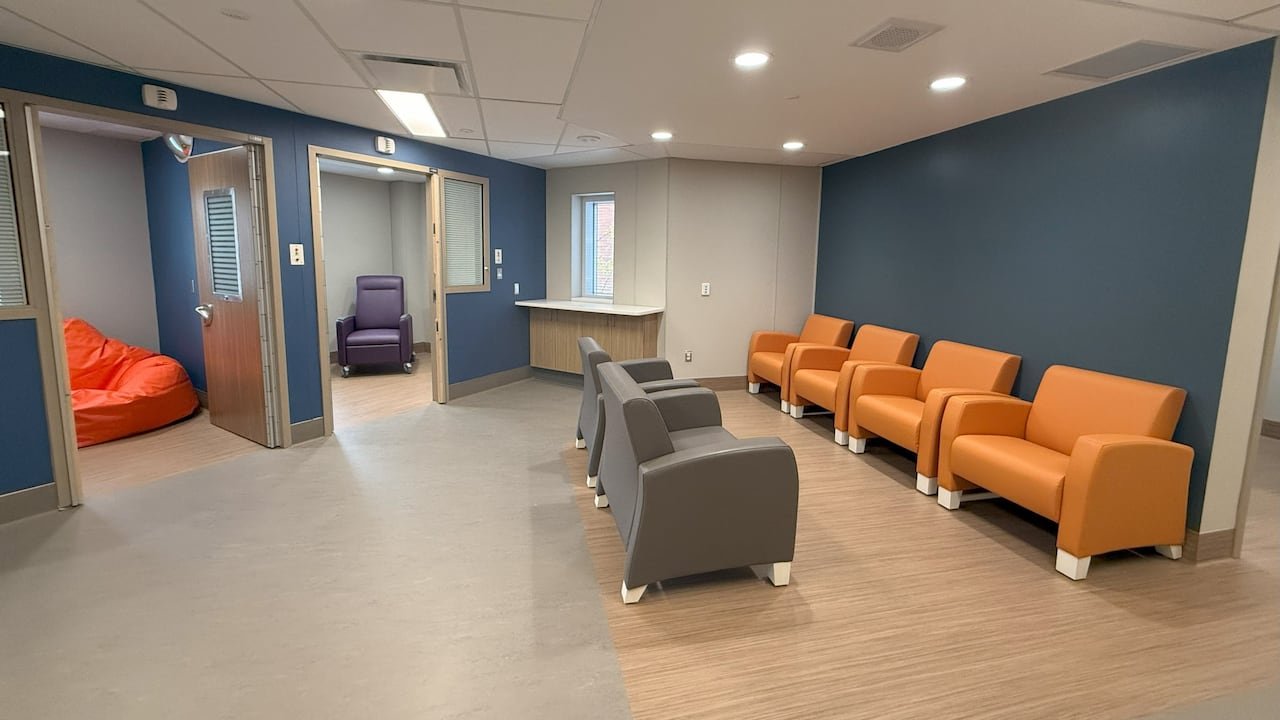
Ottawa’s Montfort hospital is faced with double the usual number of mental health emergency cases compared to the provincial average. The surge in patients has highlighted issues in the ER waiting room environment, which can exacerbate distress. To address this, a new specialized Mental Health Emergency Zone has been established within the hospital, focusing on de-escalation strategies that have shown significant positive outcomes for both staff and patients.
A bustling scene unfolds at Ottawa’s Montfort Hospital one Wednesday afternoon.
Dr. Kristine Levesque, the hospital’s deputy chief of staff and chief of psychiatry, acknowledges the high pressure in the air due to the significant number of patients awaiting care.
The experience in typical emergency room waiting areas is familiar to over 16 million Canadians who sought emergency care in 2024-2025.
However, stepping through a set of double doors adjacent to the main ER presents an entirely different setting.
Inside, a serene environment awaits with calming music, adjustable lighting, comfortable seating like beanbag chairs, and essential amenities including a shower and a cellphone charging station. The presence of a psychiatric nurse round-the-clock ensures prompt assessment and support for distressed patients, enhancing collaboration with ER physicians.
The Montfort Hospital introduced the purpose-built Mental Health Emergency Zone (MHEZ) in November 2024 to cater specifically to individuals in mental health crises, enhancing safety for all involved.

The hospital’s location in Ottawa’s Rideau-Vanier neighborhood, near various downtown shelters, contributes to higher-than-average rates of mental health emergencies and substance use issues compared to the rest of Ontario.
Dr. Levesque notes that the rise in psychiatric emergencies with comorbid substance use aligns with a nationwide trend observed in hospital ERs following the COVID-19 pandemic, as stated by Marion Cooper, president of the Canadian Mental Health Association (CMHA).
Cooper emphasizes the importance of capacity-building initiatives like the MHEZ, advocating for similar enhancements in emergency departments nationwide.

Challenging Environments in Emergency Departments
Cooper highlights the inadequacy of standard emergency department settings for mental health patients, citing their chaotic and overstimulating nature, which can exacerbate symptoms and risks for vulnerable individuals.
She stresses the need for improved environments to address these challenges effectively.


